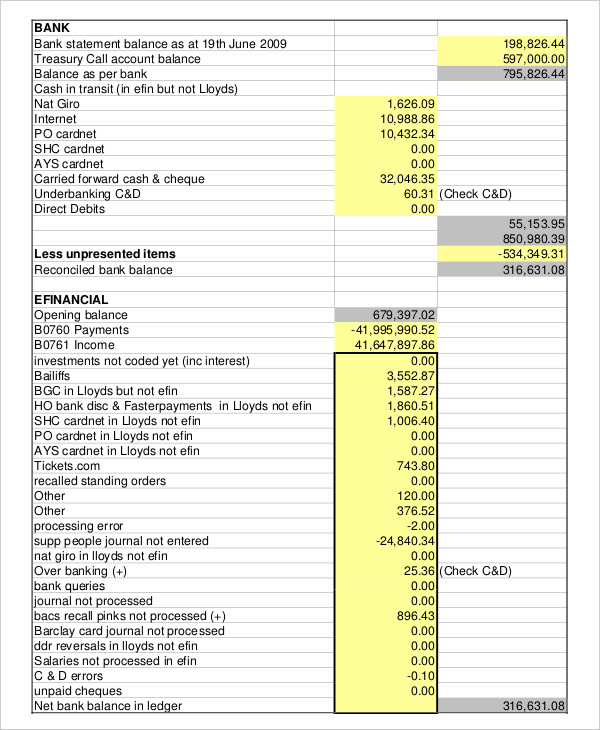


The BBAN information will typically include a bank code and branch reference, as well as the account number-although formats can differ across IBAN regions. The remaining numbers are domestic banking details, also known as your Basic Bank Account Numbers (BBAN). The next two digits are control checks, acting as a security layer specific to your bank. They begin with a two-letter country code-such as ‘FR’ for France and ‘DE’ for Germany. IBAN characters, explainedĮach character set of an IBAN number shares a specific piece of information with banks. IBANs can only be used to send or receive funds, and they can’t be used for other transactions, such as cash withdrawals. This added level of coded security reduces transaction errors, rejected payments, and transfer delays across borders. Separate from your account number and sort code, they include information about the account holder’s specific bank, the country that this bank is in, and a combination of other account details. The IBAN system was designed to simplify the transfer of money overseas-but they’re used in some countries for domestic transfers as well.


 0 kommentar(er)
0 kommentar(er)
